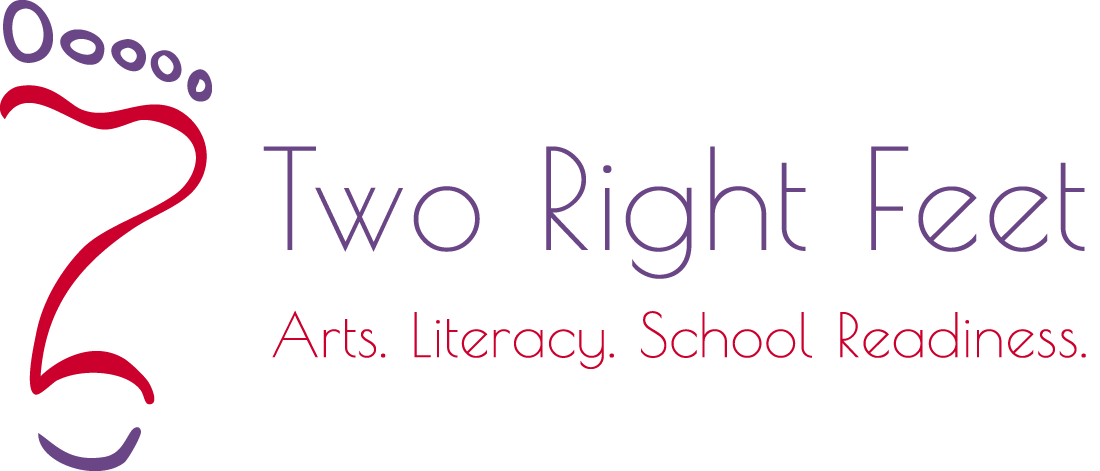According to news article Boys Trail Girls in Literacy and Numeracy When Starting School, a recent government study reveals a considerable gender gap in literacy and numeracy. Despite the fact that this gap has narrowed, female students continue to outperform their male classmates in writing and learning numbers. Sally Weale, education correspondent for The Guardian, writes: “The gender gap among the youngest schoolchildren has narrowed marginally, but girls continue to lead the way in all early learning goals, with 74.3% achieving the expected level of development compared with 58.6% of boys.” Experts warn that these figures are significant and a call to action is needed to help turn the tide.
Another key factor in literacy performance gaps continues to be socioeconomic disparities. One out of every five children start school already behind the curve, missing the skills needed to succeed in the classroom. Gareth Jenkins, director of UK poverty at the charity Save the Children, comments: “The evidence shows it’s the poorest children who are more likely to start primary school already behind, and who are then much more likely to struggle in school, and in life.”
“Literacy is a bridge from misery to hope. It is a tool for daily life in modern society. It is a bulwark against poverty, and a building block of development, an essential complement to investments in roads, dams, clinics and factories. Literacy is a platform for democratization, and a vehicle for the promotion of cultural and national identity… it is an agent of family health and nutrition. For everyone, everywhere, literacy is, along with education in general, a basic human right…. Literacy is, finally, the road to human progress and the means through which every man, woman and child can realize his or her full potential.” – Kofi Annan.
By improving the quality of early childhood education, society can help all children have a fair chance to succeed in their academic endeavors and thrive in the classroom. Dedicated parents and educators can (and do) play a significant, positive role in bridging these performance gaps.
 Looking for more information about us? You can see one of our programs on the
Looking for more information about us? You can see one of our programs on the 